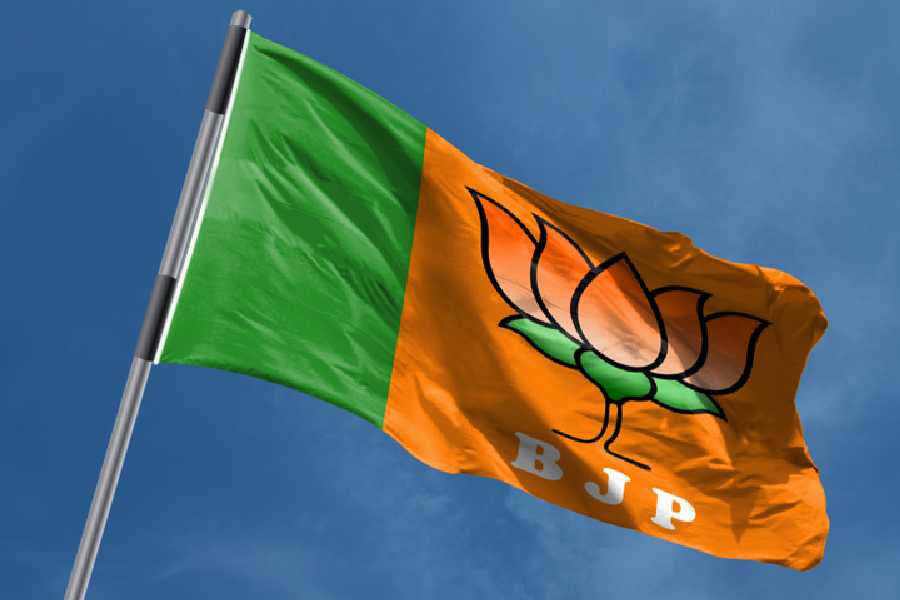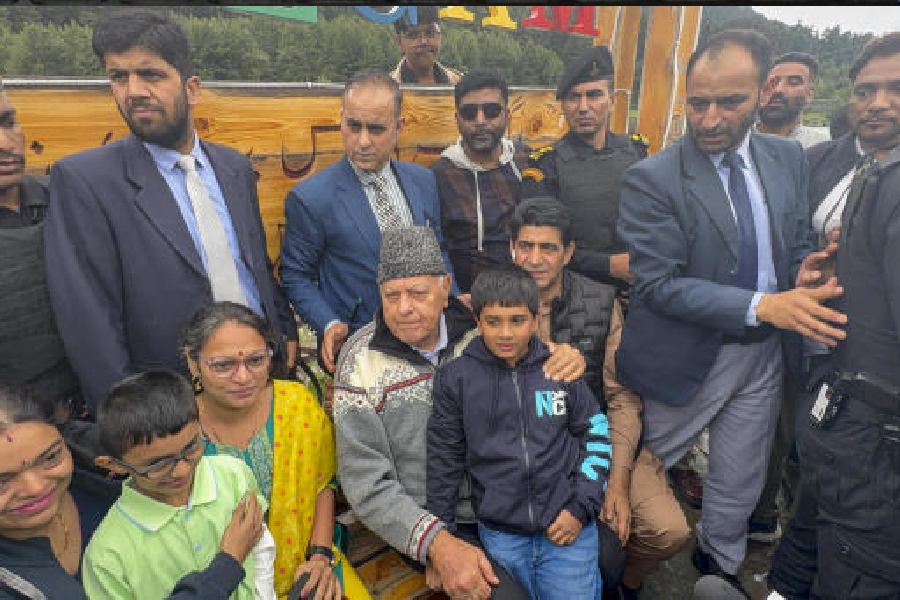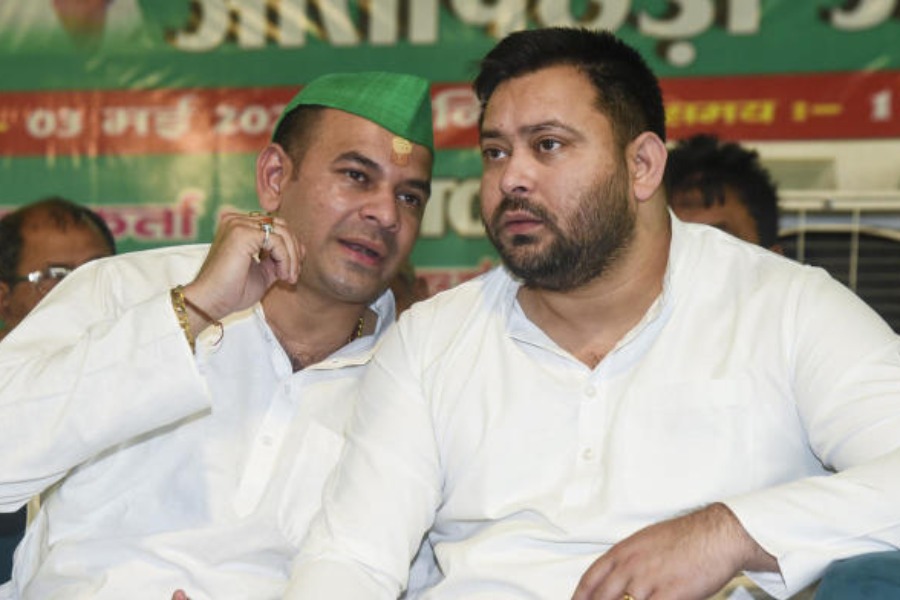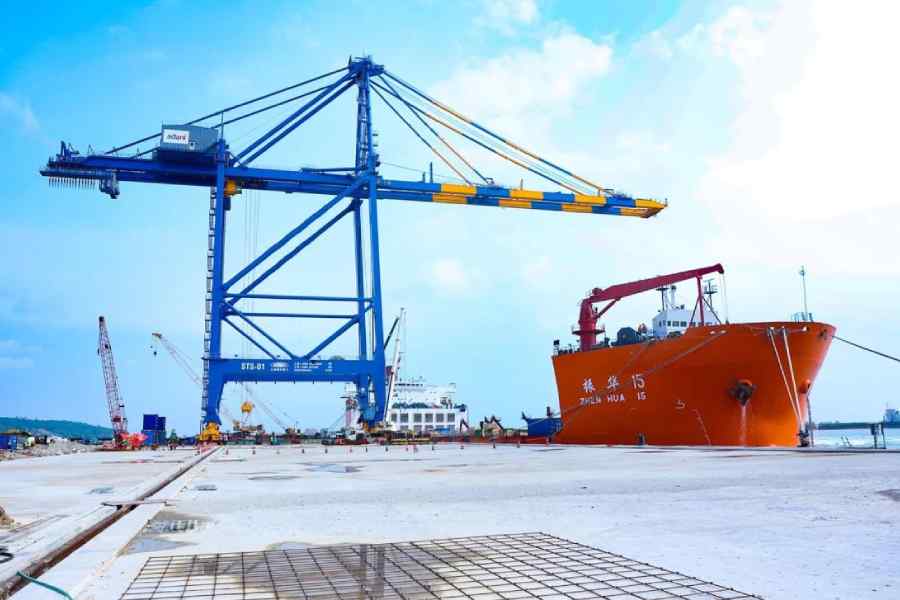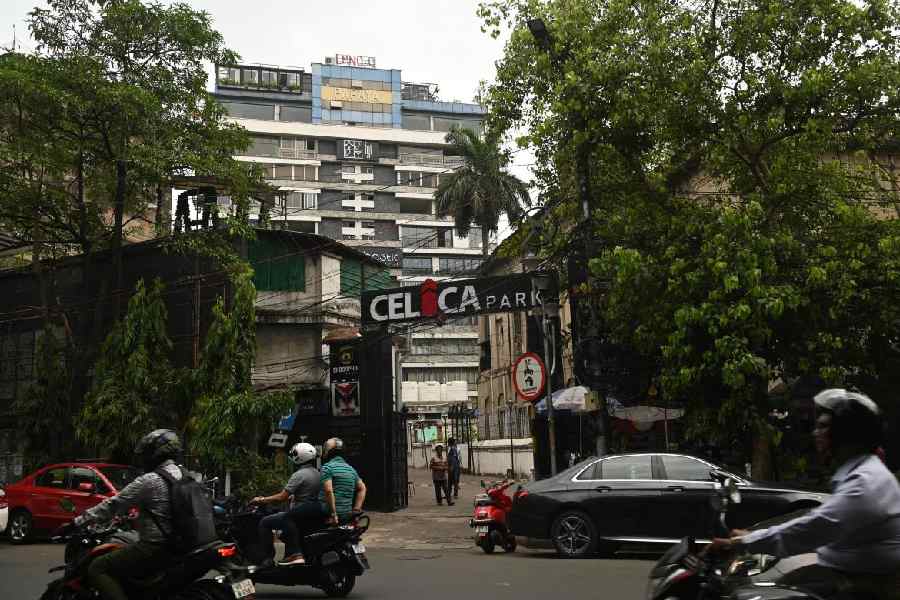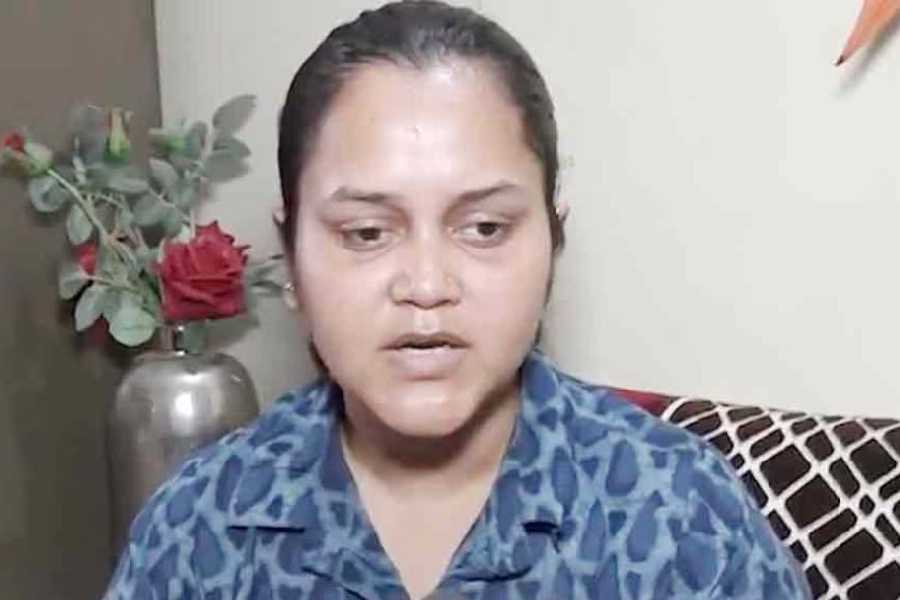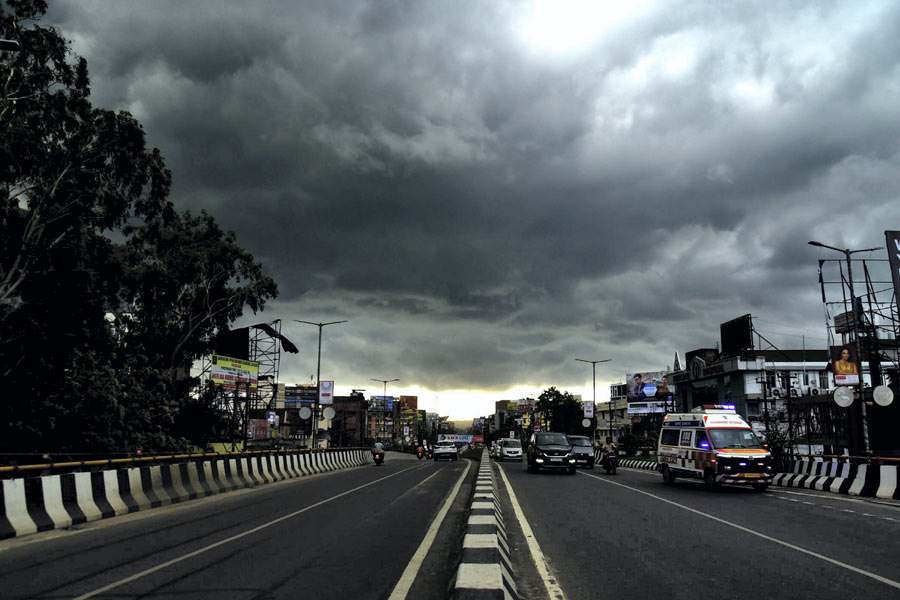 |
 |
| Nitish (top), Mayawati |
Patna, Nov. 16: Nitish Kumar today supported Mayawati’s move to divide Uttar Pradesh into four states, signalling yet again that he is consciously trying to take his voice beyond Bihar.
Last month, Nitish, in his presentation to the National Development Council (NDC), advocated for more liberty to the “states” in matters of planning and their execution and demanded a review of the financial relations between the Centre and the states. It was, probably, the first indication of the Bihar chief minister trying to acquire a voice that was national rather than merely provincial.
Before leaving on his second Seva Yatra today, this time to Muzaffarpur, Nitish said: “In principle, we favour the formation of smaller states to speed up the process of development in the new era. But it is an issue between Uttar Pradesh and the Centre.”
Mayawati yesterday sprang a surprise on her political rivals by announcing that her Cabinet had agreed to a proposal to split Uttar Pradesh into four states — Purvanchal, Pashchim Pradesh, Bundelkhand and Awadh Pradesh. The proposal will be tabled in the Uttar Pradesh Assembly which convenes next week.
Nitish’s open support for Mayawati’s decision could embarrass his alliance partner BJP. The party has so far been cautious in reacting to the move, limiting itself to describing the decision as a “political and electoral stunt”. The BJP is as yet undecided on which way it would vote when the resolution comes up in the Uttar Pradesh legislature. None from the party chose to comment on Nitish’s public support for Mayawati.
Nitish, however, sought to make light of similar demands made by groups in Bihar. “Bihar too was divided in 2000 when Jharkhand was carved out. Its further division is not an issue either at the popular or at the political level. The demand for formation of Telangana and similar demands in some other states, including Uttar Pradesh and Maharashtra, were already there,” he said. “Uttar Pradesh is two-and-a-half times bigger in size and twice bigger in population than Bihar. In fact, UP today is far bigger than what existed as united Bihar.”
What appears to have emboldened Nitish to use Mayawati’s stand as a tool take his voice beyond Bihar is the death of some ephemeral movements about two decades ago for carving out Mithilanchal and Seemanchal as separate states.
In the early nineties, BJP’s Tarakant Jha had advocated for a separate state of Mithila. Through the eighties and nineties, Taslimuddin, then with the undivided Janata Dal and subsequently with the RJD, had raised the voice for a separate Seemanchal state comprising Araria, Kishenganj and Katihar districts. But their demands failed to draw any popular support.
Jha never won an election in Mithila as long as he advocated for a separate state. He currently holds the high-profile position of the state legislative council chairman and does not want to wish to rake up the issue.
Taslimuddin, who has since joined Nitish’s Janata Dal (United), was not ready to speak on the issue.
Explaining the phenomena, economist Saibal Gupta told The Telegraph: “Bihari sub-nationalism, which is gaining in strength of late, is a coherent fact whereas Seemanchal and Mithilanchal were always the geographical expression of what Bihar stands for. Thus, some leaders’ efforts to rake up the issue of Seemanchal or Mithilanchal fell by the wayside. You can’t sustain an issue which does not represent the people’s aspirations or have their support.”
The JD(U), in fact, had supported the creation of Jharkhand too with Nitish earning the support of Shibu Soren’s party MLAs when he became chief minister for seven days in 2000, prior to the creation of the state.
But confident that there was not even a whimper of sentiment for a separate state in any part of Bihar, Nitish has supported Mayawati’s moves, probably, to catapult himself at the national centre-stage in the years to follow.


